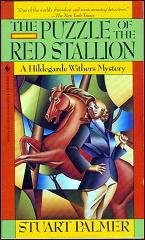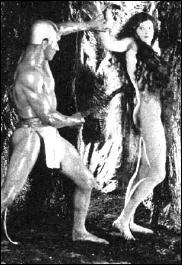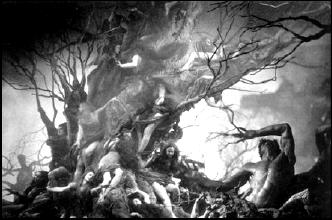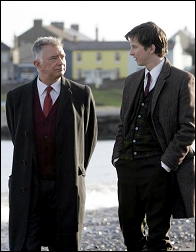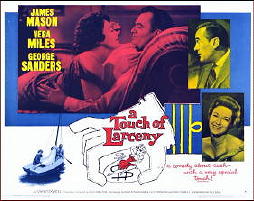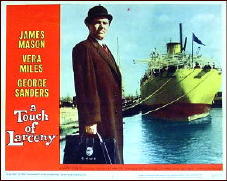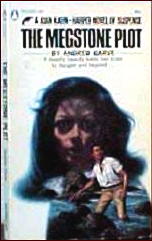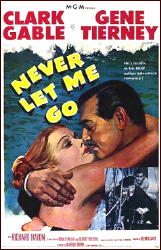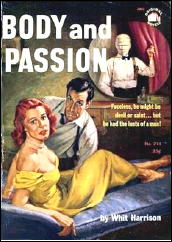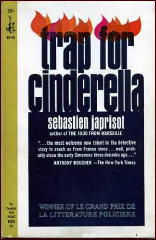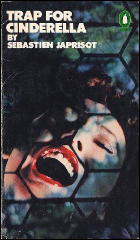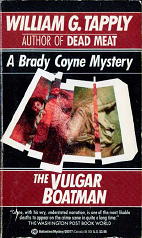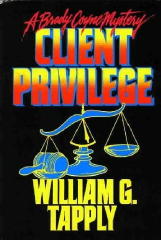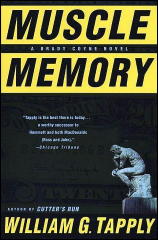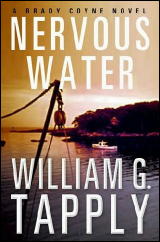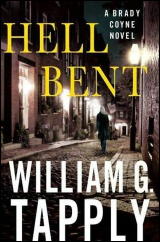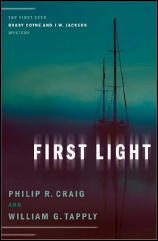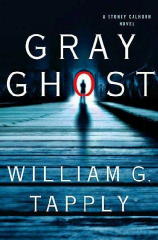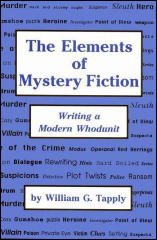Fri 7 Aug 2009
A 1001 MIDNIGHTS review: STUART PALMER – The Penguin Pool Murder.
Posted by Steve under 1001 Midnights , Reviews[3] Comments
by Ellen Nehr and Marcia Muller:
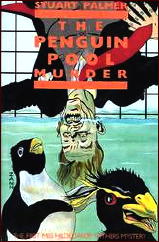
STUART PALMER – The Penguin Pool Murder. Brentano’s, hardcover, 1931. John Long, UK, hc, 1932. US softcover reprints: Bantam, 1986; International Polygonics, 1991; Rue Morgue Press, 2007. Film: RKO, 1932, with Edna May Oliver as Miss Hildegarde Withers and James Gleason as Police Inspector Oscar Piper.
In this novel, which introduced Hildegarde Withers to the mystery-reading public, Miss Withers takes her grade school class to the New York Aquarium, where one of her students sees a body floating in the penguin pool.
As soon as the police arrive, Hildegarde begins making suggestions; and after having another teacher take the students back to school, she insists on helping Inspector Oscar Piper by taking notes in shorthand (which she has studied as part of her hoped-for avocation as police assistant). Hildegarde takes time off from teaching to run around New York with Oscar until, with her guidance, the baffling case is solved.
This is a low-key introduction to one of the genre’s more likable investigative pairs. Hildegarde is typical old-maid schoolteacher: austere, sensible, and entirely out of patience with what she considers the police’s inefficient and bumbling ways.
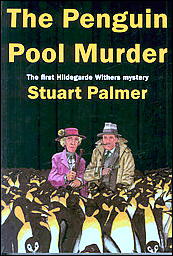
Oscar, on the other hand, is your typical cigar-smoking cop: tough on the outside but thoroughly cowed by what he would never admit is a formidable woman. The friendship and affection that develops while they are investigating the strange death among the penguins — with Oscar doing the legwork and Hildegarde supplying insight — is one that continues throughout the thirteen-book series and numerous short stories.
(Hildegarde acts on the theory that years of dealing with children in the classroom make her an expert on devious behavior patterns in adults, too — and Oscar is eventually forced to admit she is right.)
At the end of this first adventure, Hildegarde and Oscar go off hand in hand to the marriage-license bureau; however, they must have changed their minds on the way, because they remain platonic — albeit fond — friends throughout the rest of the series.
Outstanding among the other Hildegarde Withers novels are The Puzzle of the Red Stallion (1936), Miss Withers Regrets (1947), and The Green Ace (1950).
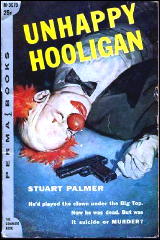
Hildegarde’s shorter cases can be found in such collections as The Riddles of Hildegarde Withers (1947) and The Monkey Murder, and Other Hildegarde Withers Stories (1950), both of which are digest-size paperback originals published by Mercury Press.
A later series character, Howie Rock, is an obese, middle-aged former newspaperman who appears in Unhappy Hooligan (1956) and Rook Takes Knight (1968). The first of these novels makes use of Palmer’s unusual background as a circus clown for Ringling Brothers.
———
Reprinted with permission from 1001 Midnights, edited by Bill Pronzini & Marcia Muller and published by The Battered Silicon Dispatch Box, 2007. Copyright © 1986, 2007 by the Pronzini-Muller Family Trust.
Bibliographic Update: Another collection of Miss Withers stories has been published since 1001 Midnights first appeared, and it’s one well worth your attention: Hildegarde Withers: Uncollected Riddles, Crippen & Landru, 2002.

